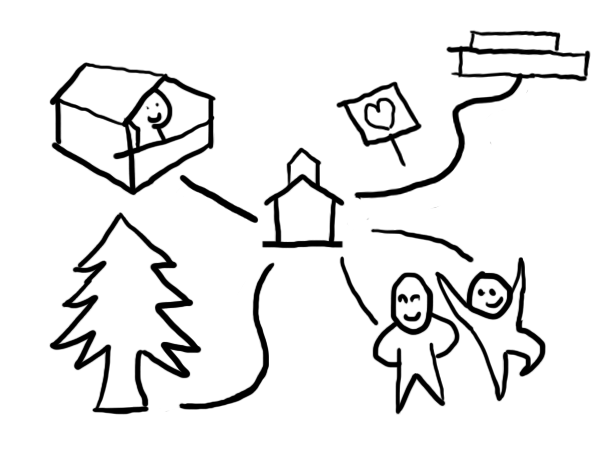Site Analysis
An important part of any design project is the site analysis. A site analysis is a preliminary phase of architectural and urban design process that is dedicated to the study of the climactic, geographical, historical, legal, and infrastructural context of a specific site. In other words, site analysis means getting to know your site – and in this case, your school!
To begin with, why are the changes being implemented at your school? Is it due to the need for a seismic upgrade, or simply an updated play environment or outdoor learning space? Knowing this information will help you to shape the design project going forward.
There are two key considerations when getting to know your school – what is the site itself like, and what is the surrounding community like? In addition, some elements will exist at every school, while others may be specific to individual schools.
Follow the links below to dive in deeper – explore site-specific elements, and then read through the community section to understand larger neighbourhood relationships. These sections will help you to develop a strong understanding of what needs to be taken into account at your specific school.
In addition, now is the time to learn about your school history. Is it a historic building, or a registered historic site? Has a Statement of Significance been written for the building or place? Make sure to document this.
Stakeholder Surveys
It’s time to collect stakeholder surveys.
If you haven’t already handed them out, now is a great time to survey the groups that have experienced the existing play and learning environments to get their perspectives. Have teachers implement the student survey during class hours, and send copies of the parent/teacher survey home with students. Distribute community surveys throughout the neighborhood. Ensure that you are clear about when and where the surveys should be returned, and make this as easy as possible to facilitate maximum response.


